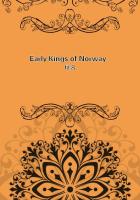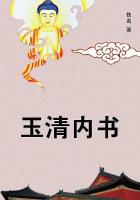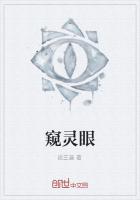The literature dealing with Shelley's work and life is immense, and no attempt will be made even to summarise it here. A convenient one-volume edition of the poems is that edited by Professor Edward Dowden for Messrs. Macmillan (1896); it includes Mary Shelley's valuable notes. There is a good selection of the poems in the "Golden Treasury Series," compiled by A. Stopford Brooke. The Prose Works have been collected and edited by Mr. H. Buxton Forman in four volumes (1876-1880). Of the letters there is an edition by Mr. Roger Ingpen (2 vols., 1909). A number of letters to Elizabeth Hitchener were published by Mr. Bertram Dobell in 1909.
For a first-hand knowledge of a poet's life and character the student must always go to the accounts of contemporaries. In Shelley's case these are copious. There are T. L. Peacock,s 'Memoirs' (edited by E. F. B. Brett- Smith, 1909); Peacock's 'Nightmare Abbey' contains an amusing caricature of Shelley in the person of Scythrops; and in at least two of her novels Mary Shelley has left descriptions of her husband: Adrian Earl of Windsor, in 'The Last Man', is a portrait of Shelley, and 'Lodore' contains an account of his estrangement from Harriet. His cousin Tom Medwin's 'Life' (1847) is a bad book, full of inaccuracies. But Shelley had one unique piece of good fortune: two friends wrote books about him that are masterpieces. T. J. Hogg's 'Life' is especially valuable for the earlier period, and E. J. Trelawny's 'Records of Shelley, Byron, and the Author', describes him in the last year before his death. Hogg's 'Life' has been republished in a cheap edition by Messrs. Routledge, and there is a cheap edition of Trelawny's 'Records' in Messrs. Routledge's "New Universal Library." But both these books, while they give incomparably vivid pictures of the poet, are rambling and unconventional, and should be supplemented by Professor Dowden's 'Life of Shelley' (2 vols., 1886), which will always remain the standard biography. Of other recent lives, Mr. A. Clutton- Brock's 'Shelley: the Man and the Poet' (1910) may be recommended.
Of the innumerable critical estimates of Shelley and his place in literature, the most noteworthy are perhaps Matthew Arnold's Essay in his 'Essays in Criticism', and Francis Thompson's 'Shelley' (1909). Vol. iv.
"Naturalism in England," of Dr. George Brandes' 'Main Currents in Nineteenth Century Literature' (1905), may be read with interest, though it is not very reliable; and Prof. Oliver Elton's 'A Survey of English Literature', 1780-1830 (1912), should be consulted.
Whoever wishes to follow the fortunes, after the fire of their lives was extinguished by Shelley's death, of Mary Shelley, Claire Clairmont, and the rest, should read, besides Trelawny's 'Records' already mentioned, 'The Life and Letters of Mary Wollstonecraft Shelley', by Mrs. Julian Marshall (2 vols., 1889), and 'The Letters of E. J. Trelawny_, edited by Mr. H. Buxton Forman (1910).

